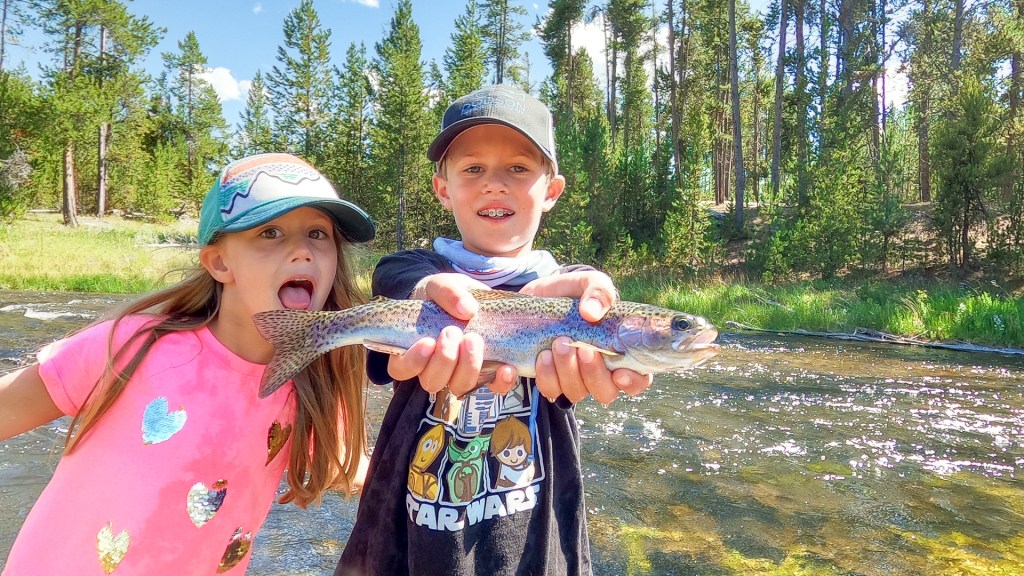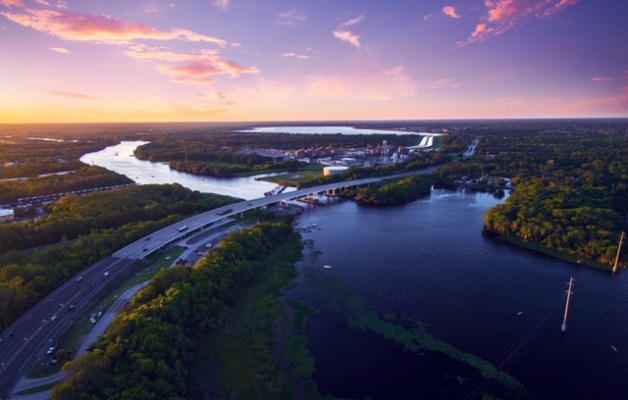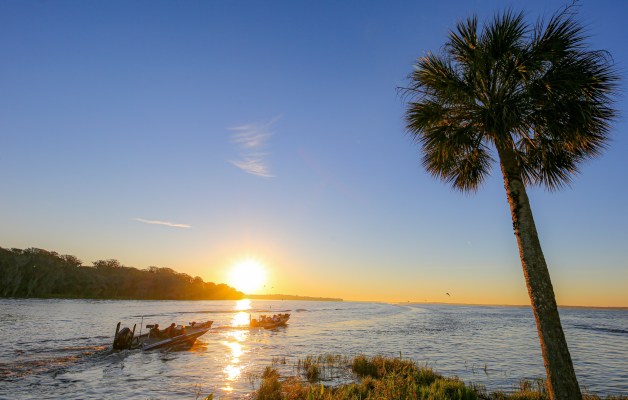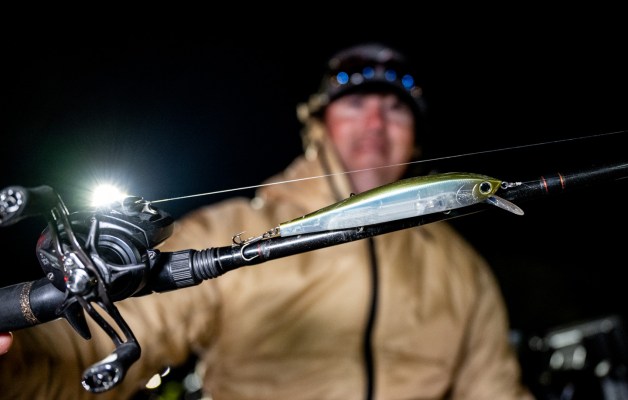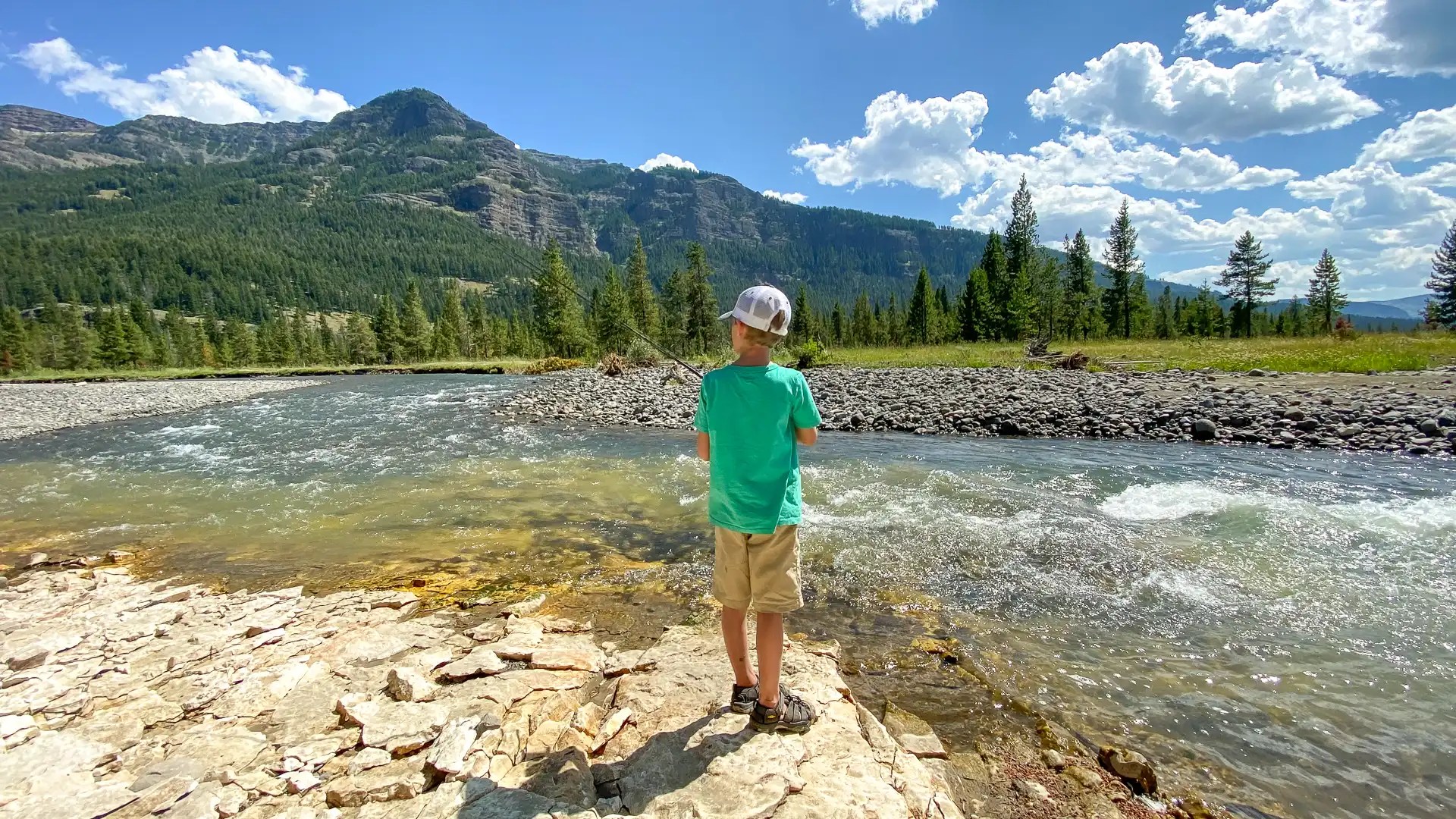
Fishing a new body of water can be intimidating to an angler of any experience. Add in water current or increase the size of the body of water, and you may have no idea where to start. Here are seven simple tips for fishing streams.
Watch before you start to fish
Streams are nice to fish because with a little observation, you can get an idea of where the fish are. Streams (think about the size you can skip a stone across) will have many places a fish can hide. Standing on the bank with a pair of polarized glasses may reveal to you where your lure needs to land.
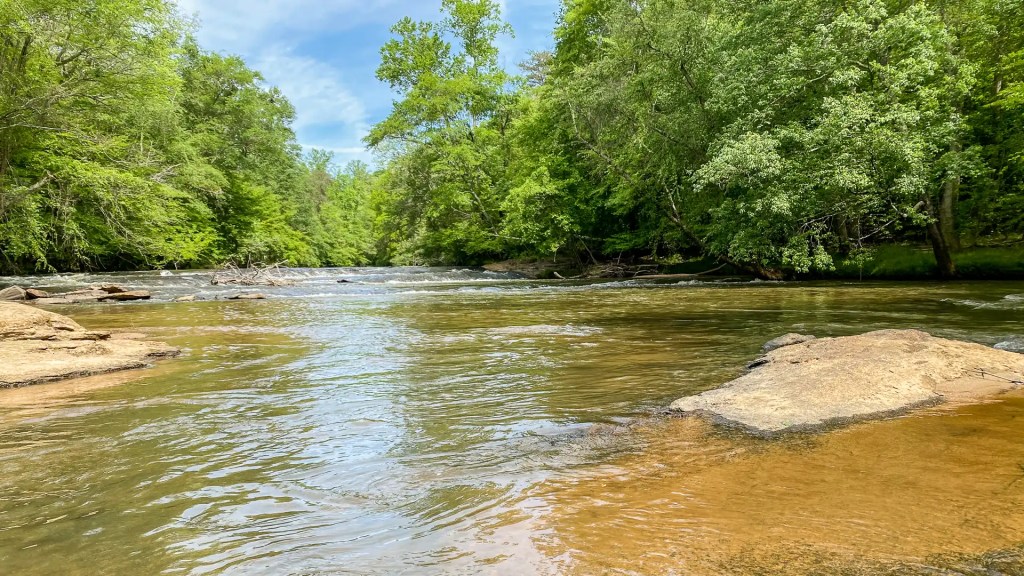
Catch fish, not branches
When you start to fish a stream, overhanging branches are eager to snag your hook. Make sure you know how to cast and, just as important, how to set the hook on a fish to not get snagged.
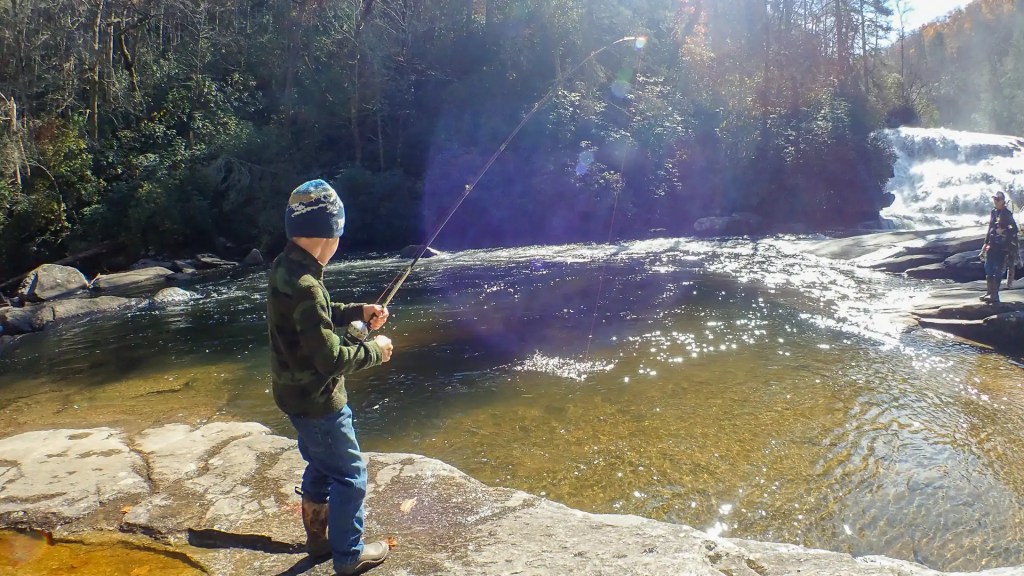
Follow the bubbles
When fishing streams for warm-water species such as bass and panfish, focus on slower-moving water with bubbles on the surface. Bubbles are a sign that the water is oxygenated. Water with higher oxygen content allows the fish to worry less about breathing and focus on eating.
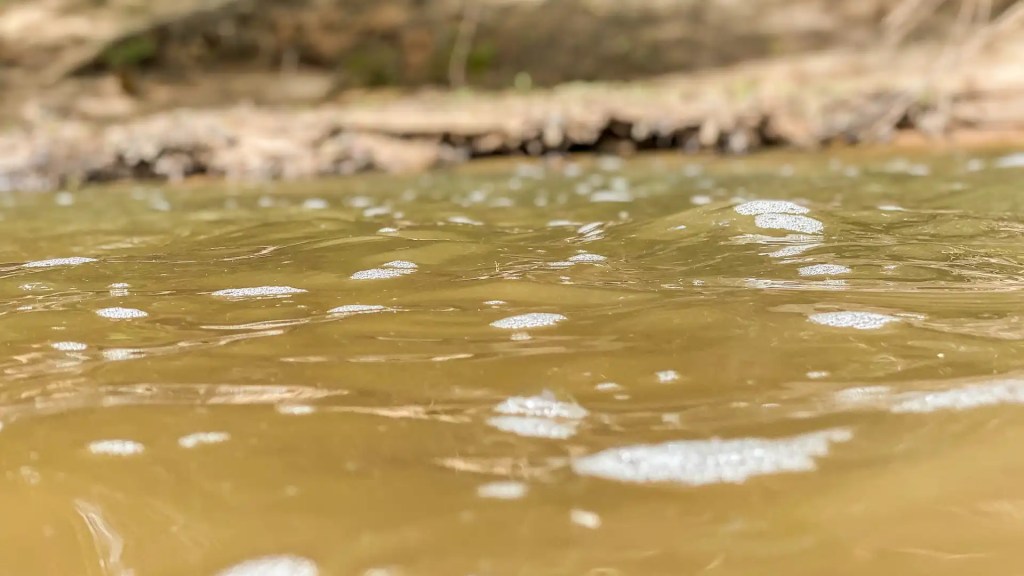
Read the water
This phrase is tossed around fishing circles, with old-timers nodding in agreement and newbies scratching their head in confusion. Reading the water means understanding how the water flows in a stream. We all know it eventually flows downstream, but many areas of a river flow upstream, as well.
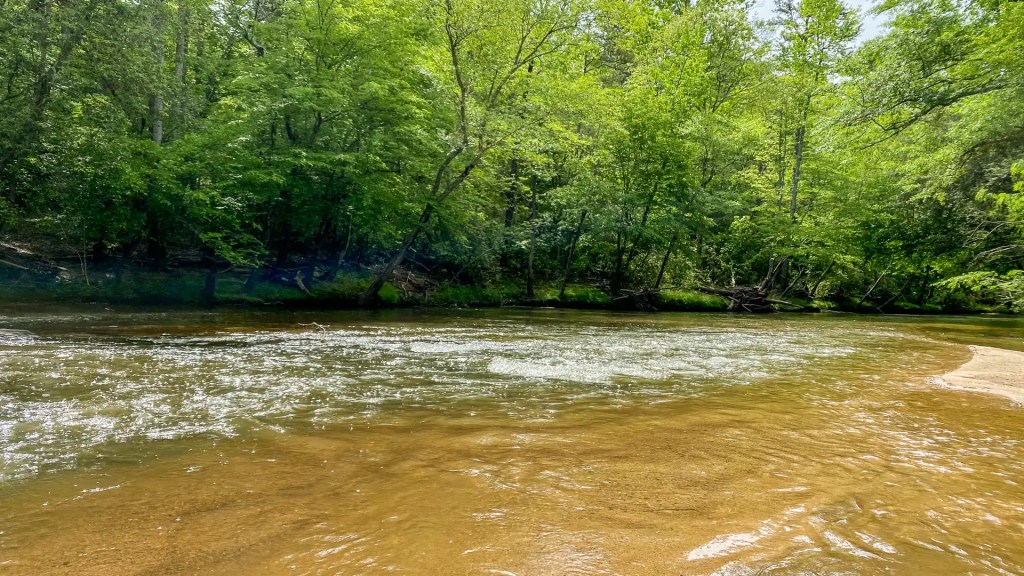
Let the bobber do the talking
The bobber will “translate” what the water is saying. Attaching a bobber to the end of your line and seeing how the water moves the bobber around structure and rocks will help you get your lure to the fish.
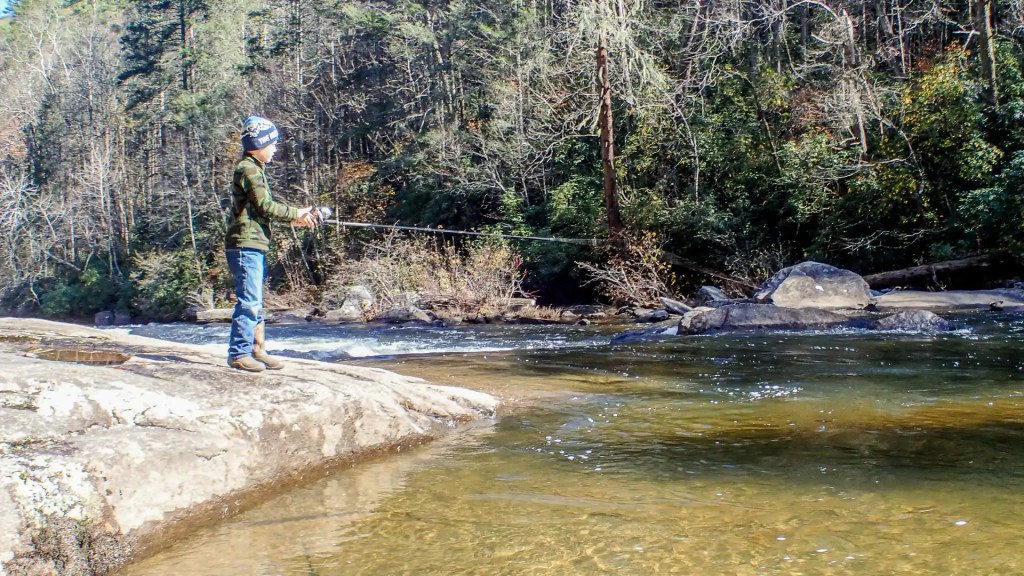
Look for seams
As you read water and watch a bobber move in the stream, you will notice places where the bobber doesn’t go upstream or downstream. These areas are called seams and occur when opposite currents are next to each other. As water rushes by a boulder, the water behind the boulder will be an eddy that flows upstream. Where the downstream current meets the eddy, there will be a seam that will attract fish.
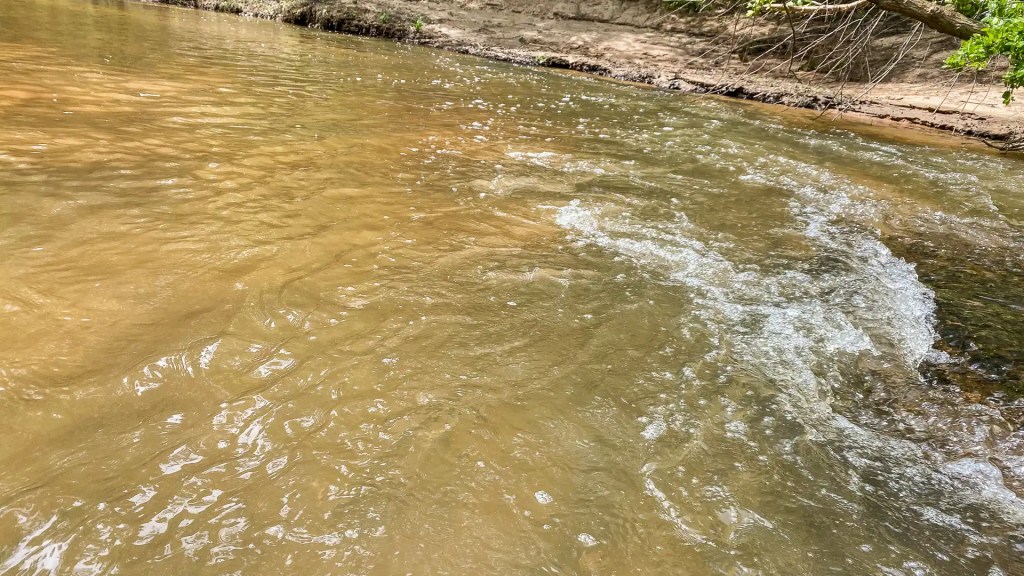
Multiple fish can be caught in the same spot
I know of one trout fisherman who has caught 100 fish in an afternoon in the same spot on a stream. The fish in the stream travel to that spot to eat. For every one that he caught, another one lined up in the same spot to eat. If you find a good spot, remember it for the rest of your life.
